The eyes of birds vary greatly in iris colorations. Interestingly, the eye color in some species changes, thus making it possible to identify stages in a bird’s life. The cause of changes in eye color within one species is not well understood. However, it is widely believed that changes in coloration are likely due to hormonal influences.
Along with eye color, eyes in some species may be outlined with eyelashes, while in many others they are not.
Figure 1. A selection of the variety of bird irises’ colors and patterns Species pictured are as follows. First row: a) Yellow-bellied Tanager Ixothraupis xanthogastra, b) Red-throated Loon Gavia stellata, c) Bank Cormorant Phalacrocorax neglectus, d) Green Heron Butorides virescens, e) Spot-billed Toucanet Selenidera maculirostris, f) Crested Oropendola Psarocolius decumanus, g) Northern Gannet Morus bassanus; Second Row: h) Three-streaked Tchagra Tchagra jamesi, i) Great Antshrike Taraba major, j) Painted Buttonquail Turnix varius, k) Short-eared Owl Asio flammeus, l) Green-billed Toucan Ramphastos dicolorus, m) American White Ibis Eudocimus albus, n) Wire-tailed Manakin Pipra filicauda; Third Row: o) Red-tailed Hawk Buteo jamaicensis, p) Philippine Frogmouth Batrachostomus septimus, q) Eurasian Eagle-Owl Bubo bubo, r) Sharp-shinned Hawk Accipiter striatus, s) Double-crested Cormorant Nanno Images by Oscar Johnson (a), Bryan Calk (b), Peter Ryan (c), Gregory Ashmore (d), Caio Brito (e, l), Nathan Rupert (f), Colin Dixon (g), Ngulia Ringing Project (h), Diego Cueva (i), Ramit Singal (j), Mark Schultz (k), Shannon O’Shea (m), Marquette Mutchler (n, u, w, x), Rich Lindie (p), westshorewalk22 on Flickr (q), Timothy Krieder (s), David C. Simon (t), Daniel Parent (ab), Terence Alexander (aa), Nathan Dubrow (v), Brian Dandridge (y), and Sharif Uddin (z)
Even less is known about the genes influencing the color of a bird’s eyes. Although some patterns of inheritance for eye color have been identified since the early 20th century through experimental crosses between domestic chickens and pigeons, the first gene responsible for a bird’s eye color has only recently been discovered. Three different research teams that studied domestic pigeons discovered that “pearl” eyes are caused by a mutation in the SLC2A11B gene, which causes a lack of yellow pteridine pigment. However, no comparable genes have been found in populations of wild birds as of yet.
Maclary, E. T., B. Phillips, R. Wauer, E. F. Boer, R. Bruders, T. Gilvarry, C. Holt, M. Yandell, and M. D. Shapiro. 2021. Two Genomic Loci Control Three Eye Colors in the Domestic Pigeon (Columba livia). Molecular Biology and Evolution 38:5376-5390. VIEW
The two primary pigments found in bird feathers are carotenoids (red, yellow, and orange) and melanins (black, brown, grey, and rufous). Both are found in bird eyes as well, but many brightly colored bird eyes are caused by two other types of pigments called pteridines and purines. Eye color can also be influenced by a wide range of other substances, such as blood vessels, collagen fibers, cholesterol crystals, lipid droplets, and structural components. To further complicate matters, different mechanisms can produce the same eye color, so we cannot assume what components are present in a given species without performing chemical analyses or microscopic examinations of the iris. We do have information on the iris pigments and structures for approximately 20% of the species, but there is still much to learn about the other 2098% of the species and the 2079% of the families that have not been thoroughly studied.
We can learn more about how bird eyes acquire their color by researching pigments and genes, but what benefits do colorful eyes initially offer?
Eye Color is More Varied in Birds than Humans
The pigmentation of many bird species’ eyes is more intense than that of humans. Their eye colors range greatly as a result, from black to brown, red and orange, yellow, blue, green, and even white.
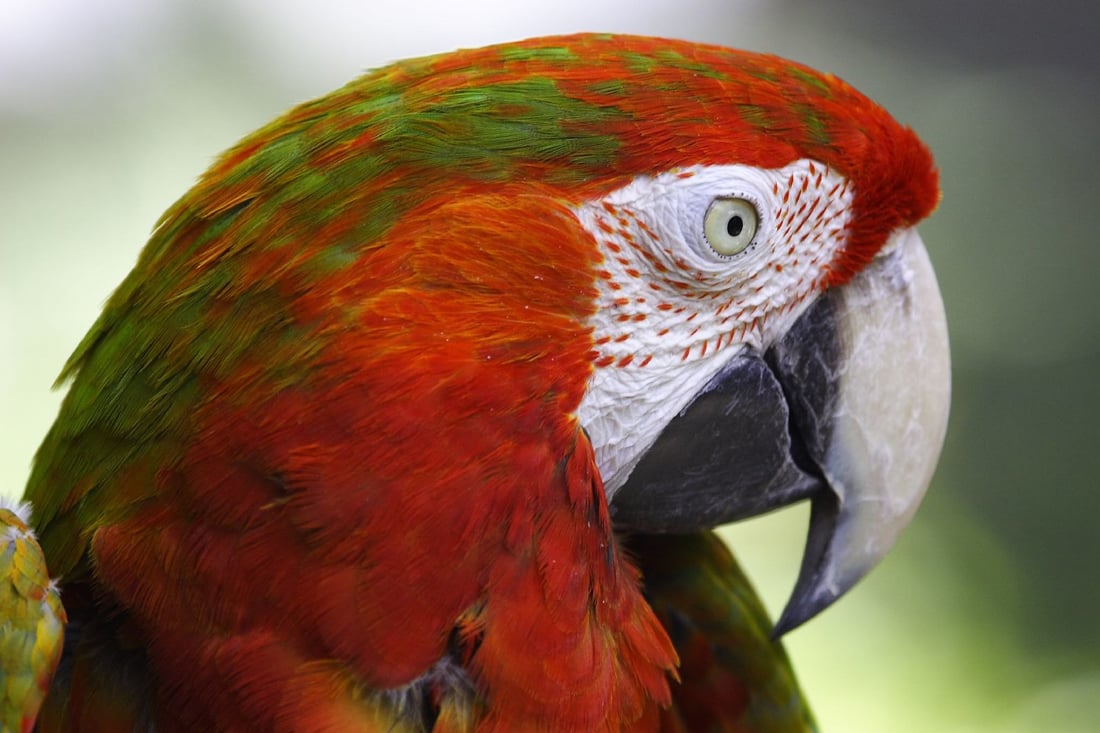
Moreover, color may vary within a single species. This variation may happen depending on the age, sex, or breeding season of the bird. For instance, during the breeding season, Double-crested Cormorants’ eyes may become an exquisite teal-blue hue. As they get older, Cooper’s and Sharp-shinned Hawks’ yellow eyes turn red. Male Boat-tailed Grackles and Brewer’s Blackbirds have bright yellowish or greenish-white eyes, while females have dark eyes.
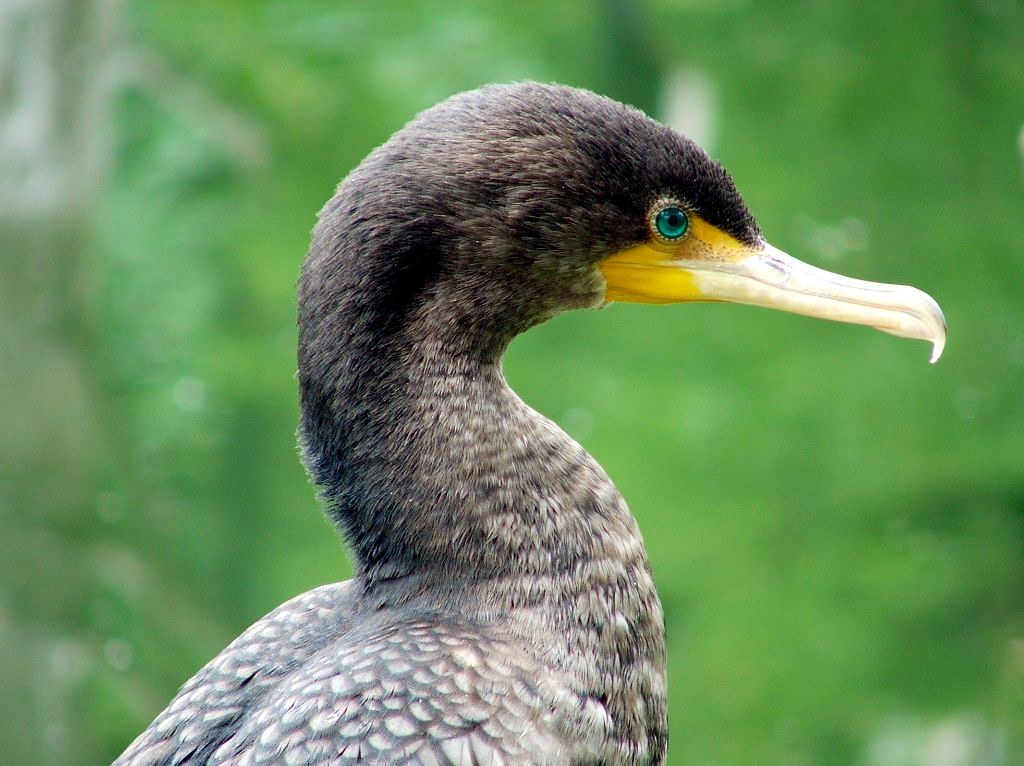
What Types of Birds Have Eye Color Changes as They Mature?
Age-related color changes occur in a large number of birds. Numerous raptors, woodpeckers, gulls, ducks, loons, pheasants, grebes, thrushes, blackbirds, and vireos are a few examples. It is currently unknown why this occurs and for what reason. On the other hand, it’s believed that some species could be able to tell whether a prospective mate is mature enough based on the color changes in the eyes as they age.
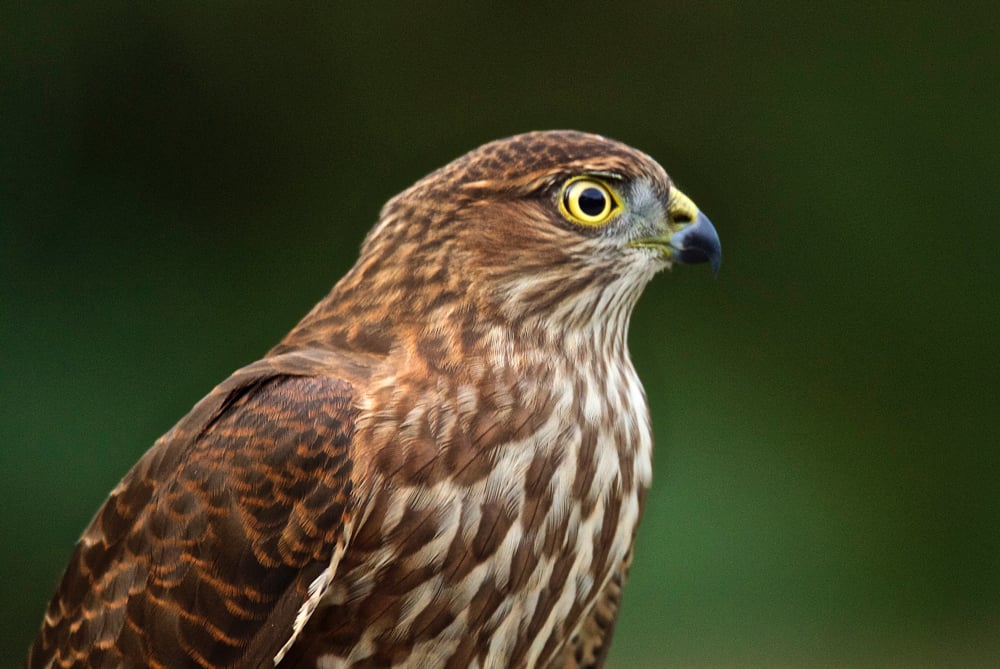

While many birds lack eyelashes, some have very long ones, while others might only have short ones. A bird’s eyelashes are modified feathers, whereas human eyelashes are modified hairs.
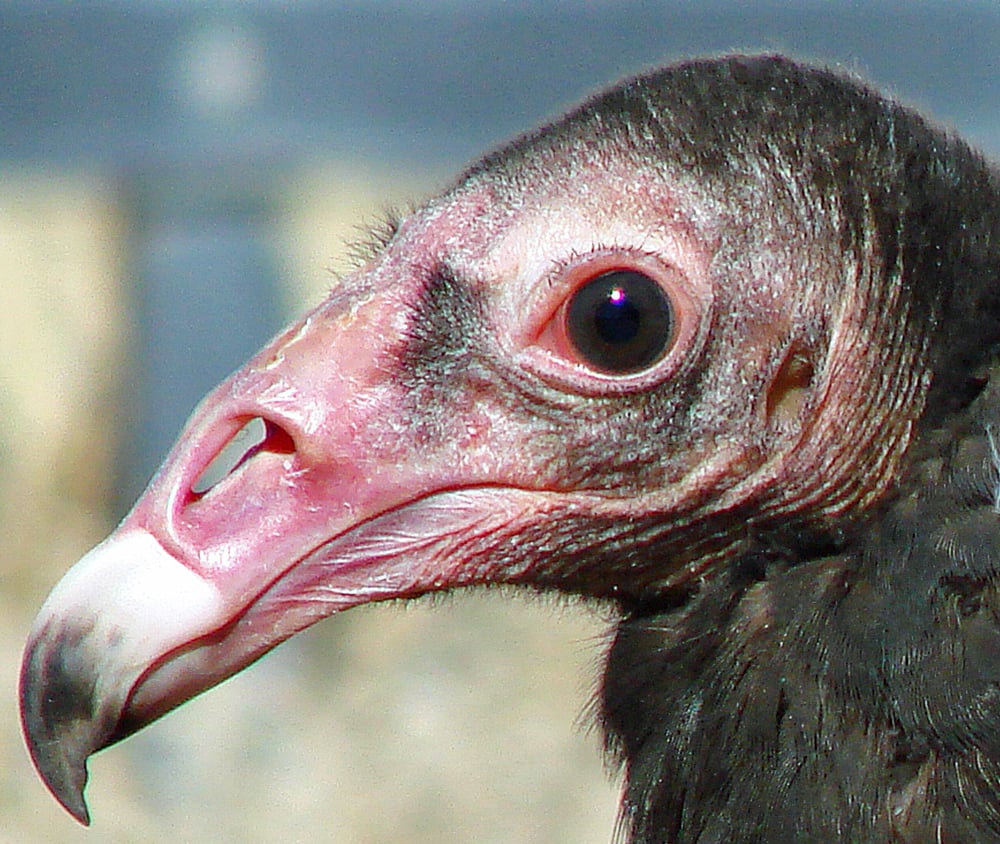
There hasn’t been much study done on bird eyelashes, but the Cornell Museum of Vertebrates is currently using its collection of birds to analyze eyelashes. Surveying hundreds of the museum’s specimens is Cornell University undergraduate student Kai Victor, curator Vanya Rohwer, and others. Thus far, out of the 205 bird families they have looked at, at least one species has eyelashes. Generally speaking, the majority of species that have eyelashes appear to be larger, non-aquatic, and non-migratory.
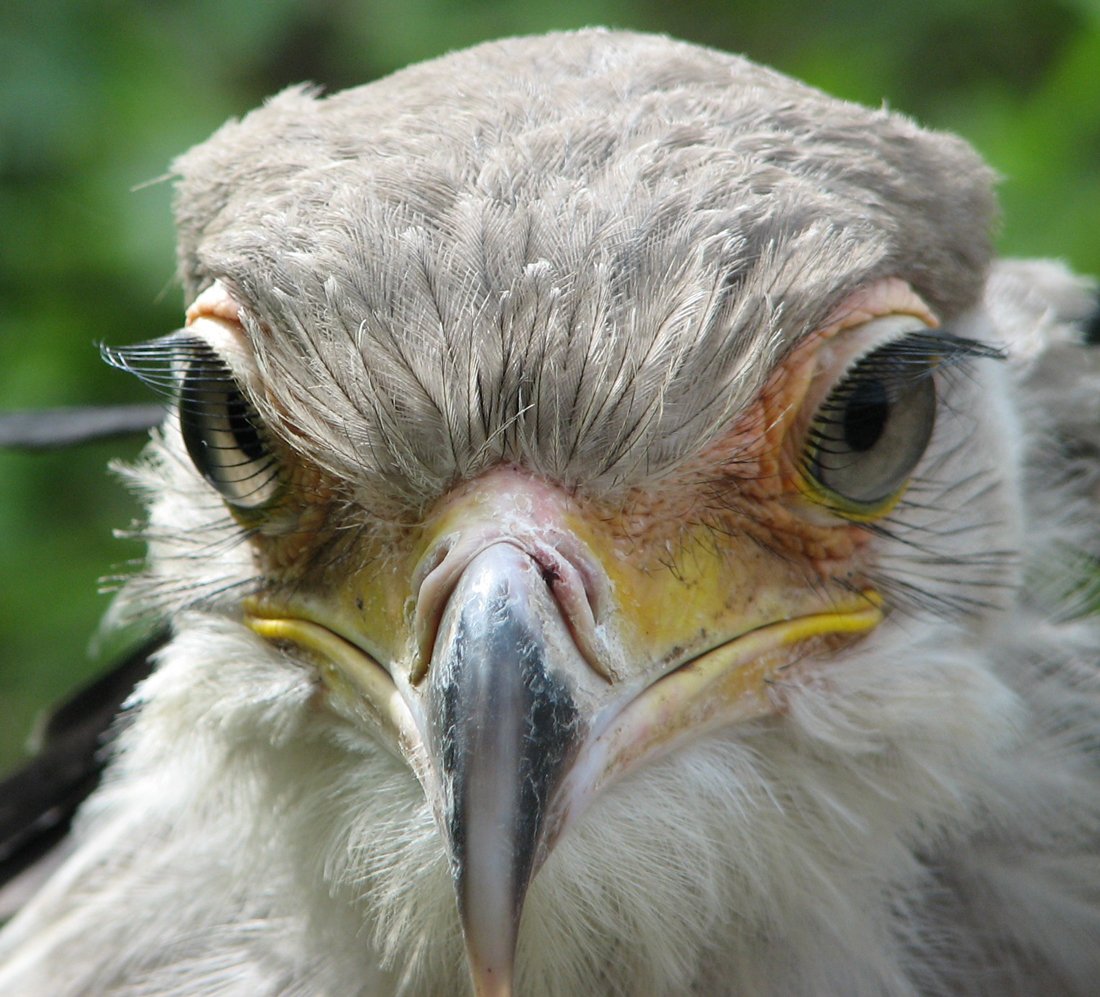
FAQ
Why are my birds eyes black?
What determines eye color in birds?
What is special about birds eyes?
What color are the eyes of birds of prey?